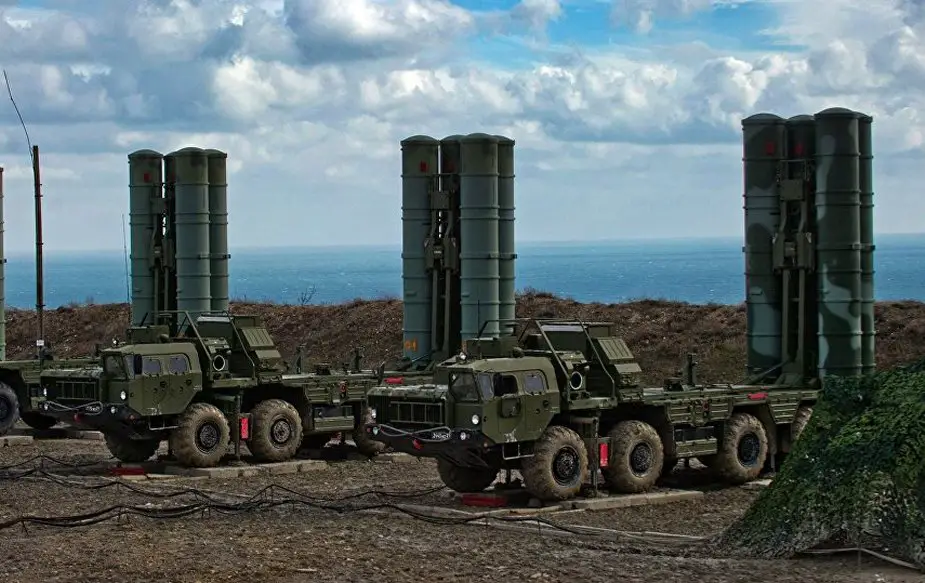Breaking news
Russia successfully tests IA-equipped air defense automatic control system.
The Russian Aerospace Forces (VKS) have tested for the first time an air defense automatic control system (ACS) fitted with elements of artificial intelligence (AI), the newspaper Izvestia reports.

Russian Aerospace Forces' S-400 Air Defense System
(Credit: Sputnik/Sergei Malgavko)
The new ACS makes it possible to integrate S-300 and S-400 air defense systems, Pantsir gun-and-missile anti-aircraft system and modern radars. The control system automatically analyzes the aerial situation and issues recommendation on the use of arms. According to experts, this will significantly reduce the air defense units’ and formations’ response time. The Defense Ministry told the Izvestia that tests are already held using the new ACS. For instance, in the spring of this year the system has been tested on the basis of one air defense regiment of the 14th army of the Air Force and Air Defense. Its efficiency is valuated jointly with experts of the dedicated line in defense industry. The ACS is due to go into service with the troops this year.
Once the new control system is accepted for service, the air defense divisions and regiments will be able to promptly respond to the changing combat situation. At the moment, each AD system and radar has its own control system. The information from them is collected at a regiment’s or division’s command post, where control officers analyze it. Now this information will be processed in real time using the elements of AI.
The new air defense ACS will automatically present the complete picture of the aerial situation. The targets will be categorized as individual and collective, their type, threat level, speed, altitude and flight direction will be determined and conveyed. Thus the commander will get a complete picture of the enemy’s actions and recommendations for eliminating him. This makes it possible to take an accurate decision, and rationally distribute the available forces and means. The decision-taking time is reduced, and it becomes easier to distribute the targets for the attacking weapons. The regiment commander will have an opportunity to carry on fight in a wide range of altitudes, from hundreds of kilometers to several meters, and at a distance of up to hundreds of kilometers.
Thanks to the new ACS it will become possible to automatically rebuff a massive missile strike by simultaneous use of several types of air defense systems, e.g. S-400 anti-aircraft system and Pantsir-S air defense gun-and-missile system. This will make it possible to effectively destroy aircraft, and rebuff a massive strike of cruise and ballistic missiles, as well as small size unmanned aerial vehicles and multiple launch rockets.
The modern air defense concepts are based on the centralized control and automation, lieutenant-general Alexander Gorkov, former chief of the air defense missile troops said to the Izvestia. "The new ACS will reduce the mission performance time, enhance the target designation accuracy and integrate heterogeneous forces of short, medium and long range air defense. The automatically gathered information will be summarized as soon as possible and transferred to the command post. This is critically important, considering today’s aircraft speed and the high density of aerial threats," Gorkov said.
© Copyright 2018 TASS. All rights reserved. This material may not be published, broadcast, rewritten or redistributed.

























